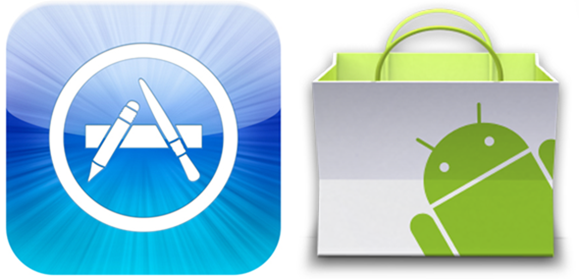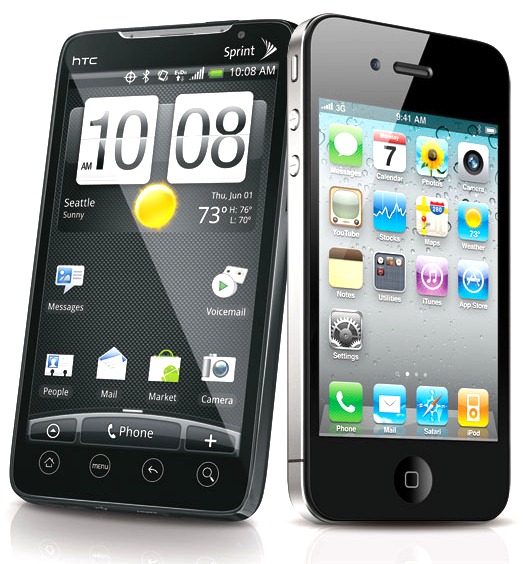The debate over whether iOS or Android is the best home for smartphone app developers is one that has been raging for some time, and one that shows no sign of abating.
The latest study to take the age-old question of which is best has taken a look at the top 100 paid-for apps across both platforms, working out the average cost of the apps in an attempt to better understand how the App Store and Android Market work from the point of view of the developer.
While the general consensus has always been that iOS is the platform to developer paid-for apps, and that Android is full of free apps because users will not buy it appears that things may not be as black and white as we first thought. Or at least, that’s what the latest numbers suggest.
Put together by Canalys, the study worked out the average cost of the top 100 paid-for apps across both iOS and Android, with the results being an interesting one: the average for iOS was $1.47 while the competition saw an average of $3.74.
These numbers, as is the case with most studies, can be taken in a couple of different ways, with Canalys believing that they show Android apps are overpriced and that the older App Store has settled into a more mature business model. It is also possible that apps for Android devices are either free, or of the expensive variety, while iOS developers tend to offer a lot of apps at the magic $0.99 price point.
This assertion is backed up by another of Canalys’ results, with the firm discovering that 22 of the top 100 Android apps cost less than a dollar, while that number rose to 82. It appears that the difference in pricing structures across the two competing platforms may be skewing the overall results slightly.
The overarching discovery is the same regardless of how the numbers are split, and that is that Android users will indeed happily buy apps so long as they are confident they are what they want, whereas iOS owners are happy to lay down a dollar with the slight risk they may buy a dud app.
Of course the developers will be hoping to achieve the best of both worlds – high app sales volume and high prices!
You may also like to check out:
- Google’s Android Vs. Apple’s iOS: Christmas Match
- Xbox Live Titles for WP7 vs. Games for iPhone: Pricing Compared [CHART]
You can follow us on Twitter, add us to your circle on Google+ or like our Facebook page to keep yourself updated on all the latest from Microsoft, Google, Apple and the web.



